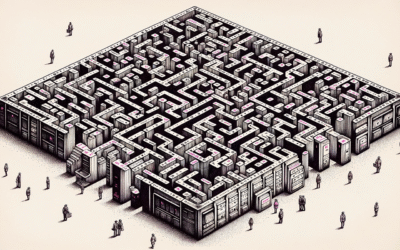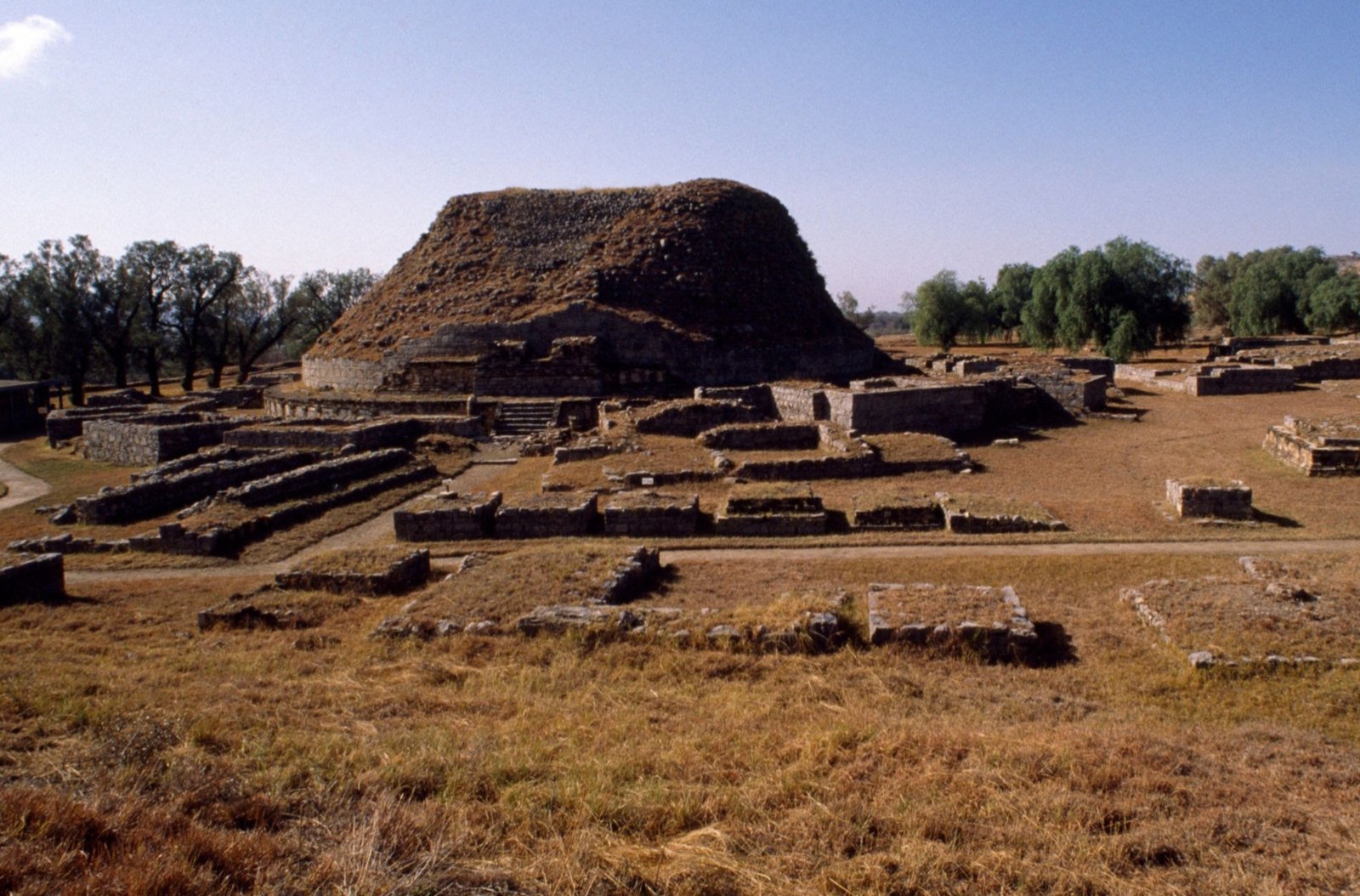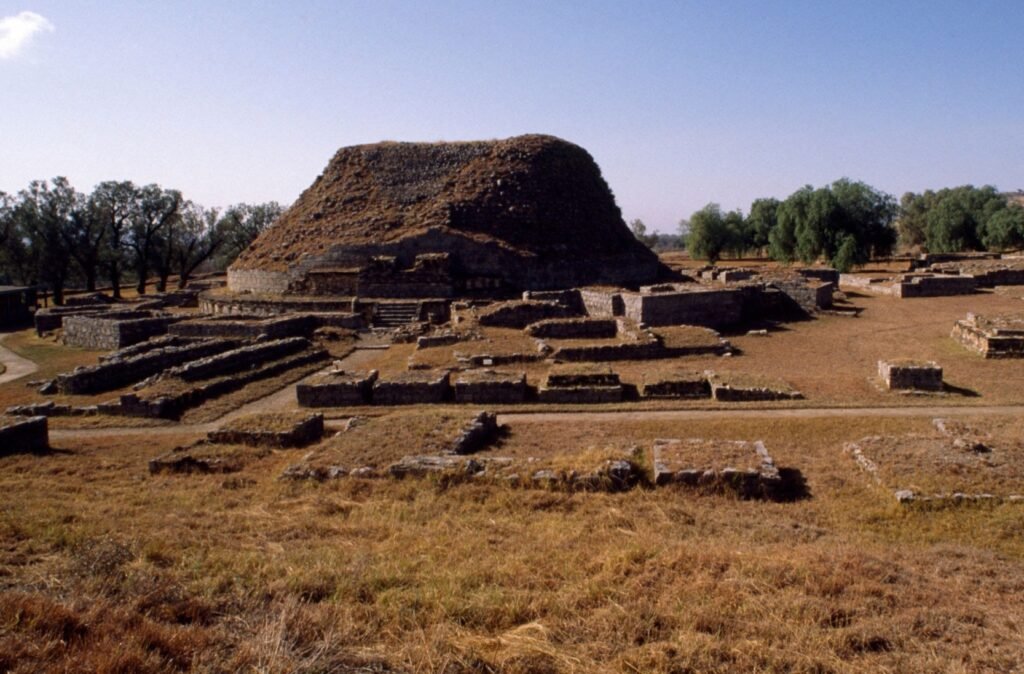

The History of Taxila:

Unveiling the Cradle of Civilizations
Introduction
Taxila, an ancient city located near the modern-day Islamabad in Pakistan, is one of the world’s most significant archaeological and historical sites. Often referred to as the “cradle of civilizations,” this city served as a hub of learning, culture, and politics for several ancient empires and peoples, including the Achaemenids, Greeks, Mauryans, and Kushans. Taxila’s unique historical trajectory offers a glimpse into the region’s evolution, its role in connecting East and West, and its contributions to philosophy, religion, and education. In this article, we delve into the fascinating history of Taxila, its rise and fall, and its enduring legacy.
1. Taxila’s Earliest Settlements: The Origins
Taxila’s history stretches back to prehistoric times, with evidence of human habitation dating back to around 1000 BCE. Situated at the crossroads of several trade routes, including the famous Silk Road, Taxila became a natural meeting point for travelers, traders, and intellectuals.
Early settlers of Taxila were likely part of the Indus Valley Civilization, which thrived in the broader region. The city’s strategic location, nestled between the Indus River and the Himalayas, gave it both natural protection and access to fertile lands, allowing the settlement to grow steadily. By the 6th century BCE, Taxila had developed into a prominent city-state, becoming part of the Achaemenid Empire under Persian rule.
2. The Achaemenid Influence: Taxila’s First Major Empire
In the 6th century BCE, Taxila was absorbed into the Achaemenid Empire, which ruled over much of modern-day Iran, Afghanistan, and Pakistan. Persian influence introduced new administrative practices, coinage systems, and religious ideas to the region. Taxila became a key administrative center within the empire, helping to govern the eastern provinces.
Despite being under Persian control, Taxila retained a degree of autonomy, which allowed it to develop its own cultural and intellectual identity. During this period, the city became known for its wealth, sophistication, and cosmopolitan nature, as it attracted merchants and scholars from across the empire and beyond.
3. The Arrival of Alexander the Great: A Greek Interlude
The year 326 BCE marked a turning point in Taxila’s history when Alexander the Great and his armies arrived in the region during their conquest of the Persian Empire. The ruler of Taxila at the time, King Ambhi, chose to ally himself with Alexander, welcoming the Macedonian conqueror without resistance. This decision ensured that Taxila remained relatively unscathed, even as other cities in the region faced destruction.
Under Alexander’s brief rule, Greek cultural and political influences began to seep into the city. While Alexander moved on to conquer other parts of the subcontinent, the presence of Greek soldiers, traders, and administrators left an indelible mark on Taxila’s culture. The city became a melting pot of Greek, Persian, and local traditions, further enhancing its reputation as a center of learning and exchange.
4. The Mauryan Empire and Ashoka’s Transformation of Taxila
Following Alexander’s departure, the Mauryan Empire, based in northern India, rose to prominence and extended its control over Taxila. Under the leadership of Chandragupta Maurya, Taxila became an integral part of the Mauryan administrative and military system.
The city reached its zenith during the reign of Chandragupta’s grandson, Emperor Ashoka (268-232 BCE). Ashoka, after embracing Buddhism, made Taxila one of the empire’s foremost centers for the dissemination of Buddhist teachings. The city’s monasteries flourished, and scholars from all over Asia flocked to Taxila to study Buddhism, philosophy, medicine, and other subjects.
Ashoka’s reign transformed Taxila into not only a political hub but also a religious and intellectual one. The city played a critical role in the spread of Buddhism to Central Asia and beyond, with its monasteries serving as key nodes in the transmission of Buddhist texts and practices.
5. The Gandhara Civilization: Taxila’s Role in Art and Culture
The period following the decline of the Mauryan Empire saw the rise of the Indo-Greek Kingdom and later the Kushan Empire, both of which contributed to the flourishing of the Gandhara Civilization. Taxila became one of the most important cities in the Gandhara region, known for its unique blend of Hellenistic and Buddhist art.
The Gandhara Civilization produced some of the most iconic Buddhist sculptures, characterized by a fusion of Greek and Indian artistic traditions. Taxila’s artisans played a pivotal role in the creation of these masterpieces, which featured depictions of the Buddha with distinctly Greek influences, such as draped robes and realistic facial expressions.
During this period, Taxila also became a major center of education, attracting students and scholars from all over Asia. The city’s famed university, one of the earliest in the world, offered instruction in a wide range of subjects, including medicine, astronomy, philosophy, and politics. Taxila’s reputation as a beacon of knowledge spread far and wide, earning it a place in the annals of ancient history as a center of learning on par with Athens or Alexandria.
6. The Kushan Empire: A Golden Age for Taxila
Under the rule of the Kushan Empire, which stretched from Central Asia to northern India, Taxila experienced a period of unprecedented prosperity. The Kushan rulers, particularly Kanishka the Great, were patrons of Buddhism, and Taxila continued to serve as a major religious and cultural center during this time.
The city’s strategic location on the Silk Road ensured that it remained a bustling hub of trade and commerce. Goods from China, India, Persia, and Rome passed through Taxila, making it one of the wealthiest cities in the region. This period also saw the further development of Gandhara art, with Taxila’s artists continuing to produce remarkable Buddhist sculptures and reliefs.
Kushan rule marked the peak of Taxila’s influence and power, but it also sowed the seeds of its eventual decline. As the Kushan Empire weakened in the 3rd century CE, so too did Taxila’s fortunes.
7. The Decline and Fall of Taxila
The decline of Taxila began in the late 3rd century CE, following the collapse of the Kushan Empire. Successive invasions by Central Asian nomadic tribes, including the Huns, destabilized the region, and Taxila’s once-thriving economy and culture began to wane.
By the 5th century CE, the city had been largely abandoned, its monuments and monasteries falling into disrepair. The final blow came in the form of the White Huns, who sacked Taxila in the mid-5th century, leaving it in ruins. The city that had once been a beacon of learning and culture was reduced to rubble, and its significance faded from the historical record.
8. The Rediscovery of Taxila: Archaeological Efforts
For centuries, Taxila lay forgotten, its ruins buried under layers of soil and debris. It wasn’t until the 19th century, during the British colonial period, that the city was rediscovered by archaeologists. Sir Alexander Cunningham, often regarded as the father of Indian archaeology, conducted the first systematic excavations at Taxila in the 1860s.
Cunningham’s work was followed by that of Sir John Marshall, who served as the Director-General of the Archaeological Survey of India in the early 20th century. Marshall’s excavations uncovered the remains of several ancient cities within Taxila, including Sirkap and Sirsukh, revealing a wealth of information about the city’s history and culture.
Today, Taxila is recognized as a UNESCO World Heritage Site, and its ruins attract scholars, historians, and tourists from around the world. The site’s museums and monuments offer a glimpse into the rich and complex history of a city that once stood at the crossroads of civilizations.
Conclusion
Taxila’s history is a testament to the city’s enduring importance as a center of trade, culture, and learning. Over the centuries, it served as a melting pot of ideas, where Persian, Greek, Indian, and Central Asian influences converged, creating a unique and vibrant cultural landscape. Though the city ultimately fell into ruin, its legacy lives on through its art, architecture, and the enduring influence of its scholars. Taxila remains a symbol of the rich tapestry of human history, a place where civilizations met and flourished.















